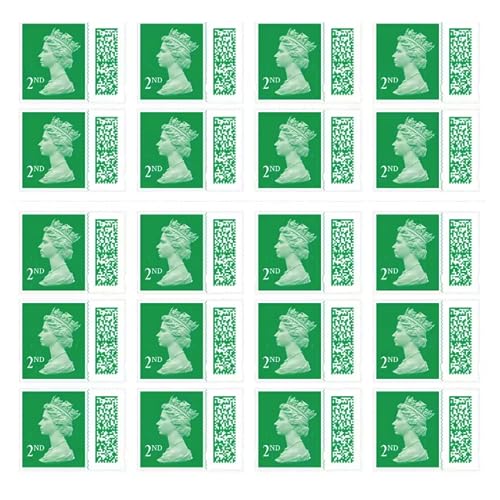Introduction to Security Postage Stamps
Security postage stamps are a crucial part of the postal system, as they ensure the integrity and authenticity of mail. These stamps are specially designed with various security features to prevent counterfeiting and protect against unauthorized use. The use of security features on postage stamps has become more important than ever in today’s digital age, where digital printing and scanning technologies have made it easier for criminals to create counterfeit stamps. In this article, we will explore the key features of a security postage stamp and their importance in maintaining the security of the mail system.
Holograms and Special Inks
Holograms are a popular security feature used on postage stamps to deter counterfeiters. These holograms are made using advanced technology that creates a three-dimensional image that is difficult to reproduce. When viewed from different angles, the holograms produce a shifting pattern that cannot be replicated with regular printing techniques. Additionally, special inks, such as thermochromic or color-shifting inks, can be used to make certain parts of the stamp change color or disappear when exposed to heat or light, adding an extra layer of security.
Watermarks and Microprinting
Watermarks have long been used as a security feature on currency and official documents, and they are also used on postage stamps. These watermarks are created by embedding a hidden design or pattern into the paper itself during the manufacturing process. When held up to the light, the watermark becomes visible, confirming the authenticity of the stamp. Microprinting is another important security feature used on postage stamps. It involves printing tiny text or images that are barely visible to the naked eye but can be easily read with a magnifying glass. These microprinted elements are extremely difficult to replicate, making it harder for counterfeiters to produce fake stamps.
Security Printing Techniques
Security printing techniques, such as intaglio or engraving, are commonly used in the production of security postage stamps. These techniques involve creating engraved images on metal plates, which are then pressed onto the stamp paper to create a raised inked image. This results in a tactile effect that is difficult to reproduce with regular printing methods. Additionally, security printing techniques often use special inks that can only be seen under certain conditions, such as ultraviolet (UV) or infrared (IR) light. These hidden features are used to verify the authenticity of the stamp.
Serial Numbers and Unique Identifiers
To ensure traceability and prevent fraud, security postage stamps often include serial numbers or unique identifiers. These numbers or identifiers are printed on the stamp and can be used to track and verify its authenticity. By recording and monitoring the serial numbers or unique identifiers, postal services can detect any counterfeit or unauthorized use of stamps. Additionally, the use of barcodes or QR codes on security postage stamps can further enhance the tracking and authentication process, as they can be easily scanned and verified electronically.






